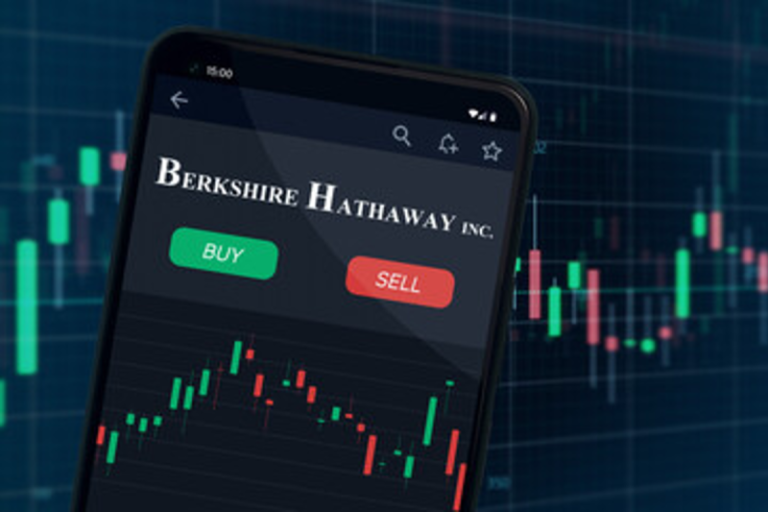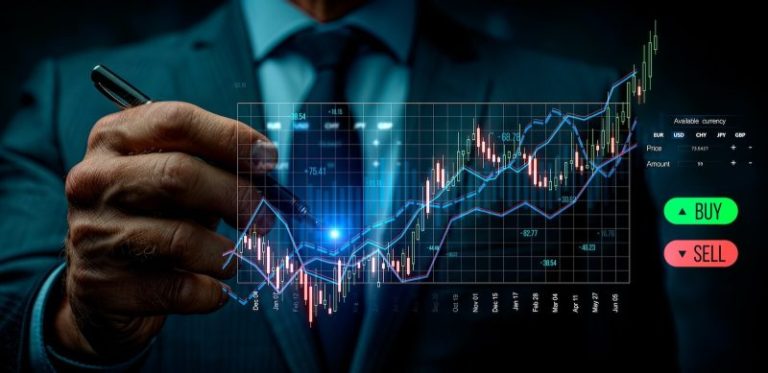Exchange-traded funds (ETFs) are one of the fastest-growing investment vehicles, and as uranium’s role in the energy transition grows, investors are becoming increasingly interested in uranium ETFs and related products.
After years of dormancy, the uranium spot price zoomed past the US$100 per pound level in early 2024 on supply risks and a strong outlook for long-term demand. Although it’s since pulled back, bulls believe it still has room to run.
Supporting factors include the lack of new uranium mines, Russia’s dominance in conversion and enrichment, rising demand for low-carbon energy sources and the continued development and deployment of small modular reactors.
There is also increasing demand for uranium from China and India as both of these countries grapple with air pollution in the face of growing electricity demand. China is working to expand its nuclear power capacity, and although it ranks among the top 10 uranium-producing countries, it relies heavily on uranium imports.
Compounded, these factors are creating a mounting supply deficit.
“This year, uranium mines will only supply 75 percent of demand, so 25 percent of demand is uncovered,” Amir Adnani, CEO and president of Uranium Energy (NYSEAMERICAN:UEC), said at a January 2025 event.
Although the fundamentals are promising, the U3O8 spot price has faced pressure in 2025, with prices below US$80 since the start of the year. As supply tightens, incentivizing new projects to come online is becoming imperative.
“Next year, uranium demand is going up because there are 65 reactors under construction, and we haven’t even started talking about small and advanced modular reactors,” Adnani said. “Small and advanced modular reactors are an additional source of demand that, maybe not next year, but within the next three to four years, can become a reality.”
As mentioned, that backdrop is helping uranium ETFs and related investment products gain steam. Today there are five uranium ETFs available, as well as four investment vehicles backed by physical uranium — and perhaps more to come.
Read on to learn about the uranium ETFs and related vehicles on offer. All data was current as of May 5, 2025.
Uranium ETFs tracking uranium stocks
1. Global X Uranium ETF (ARCA:URA)
Total asset value: US$2.7 billion
The Global X Uranium ETF tracks a basket of uranium miners, as well as nuclear component producers.
The fund has an expense ratio of 0.69 percent and a yearly return of negative 17.23 percent, a decline that coincides with the recent pullback in the uranium price.
Uranium companies account for a significant portion of its portfolio, and nearly half of those companies are Canadian. The ETF’s top two uranium company holdings are major uranium producer Cameco (TSX:CCO,NYSE:CCJ) at a weight of 22.31 percent and NexGen Energy (TSX:NXE) at 5.64 percent. Interestingly, one of its top three holdings is the Sprott Physical Uranium Trust (TSX:U.U) at a weight of 8.52 percent.
2. Sprott Uranium Miners ETF (ARCA:URNM)
Total asset value: US$1.32 billion
The Sprott Uranium Miners ETF includes both uranium producers and explorers for broader exposure. The fund has an expense ratio of 0.75 percent and a yearly return of negative 34.69 percent.
Uranium stocks with market caps under US$2 billion account for 48.7 percent of the ETF’s holdings. Its top three holdings are Cameco at 15.28 percent, the Sprott Physical Uranium Trust at 13.21 percent and Kazatomprom (LSE:59OT,OTC Pink:NATKY) at 12.99 percent.
3. VanEck Vectors Uranium + Nuclear Energy ETF (ARCA:NLR)
Total asset value: US$1.02 billion
The VanEck Vectors Uranium + Nuclear Energy ETF launched in 2007 and tracks a market-cap-weighted index of stocks in the uranium and nuclear energy industries. Its expense ratio is 0.61 percent and its yearly return is negative 0.12 percent.
This uranium ETF’s top three holdings are Constellation Energy Group (NASDAQ:CEG) at a weight of 8.49 percent, Public Service Enterprise Group (NYSE:PEG) at 7.38 percent and Endesa (OTC Pink:ELEZF,SSE:ELE) at 6.95 percent.
4. Sprott Junior Uranium Miners ETF (NASDAQ:URNJ)
Total asset value: US$232.29 million
The Sprott Junior Uranium Miners ETF launched in February 2023, making it one of the newest additions to the uranium ETF universe. The ETF has an expense ratio of 0.8 percent and a yearly return of negative 15.51 percent.
It tracks the NASDAQ Sprott Junior Uranium Miners Index (INDEXNASDAQ:NSURNJ), which follows small-cap uranium companies. The fund’s 33 holdings are all uranium mining, development or exploration companies. Its top three holdings are Paladin Energy (ASX:PDN,OTCQX:PALAF) at 12.46 percent, Uranium Energy (NYSEAMERICAN:UEC) at 10.32 percent and NexGen Energy at 10.25 percent.
5. Horizons Global Uranium Index ETF (TSX:HURA)
Total asset value: US$55.08 million
The Horizons Global Uranium Index ETF was Canada’s first pure-play uranium ETF and provides exposure to uranium industry growth. It has an expense ratio of 1.06 percent and a yearly return of negative 25.2 percent.
Created in 2019, the fund’s top holdings are Cameco with a weight of 20.68 percent, Kazatomprom at a weight of 17.12 percent and the Sprott Physical Uranium Trust at 15.25 percent.
Physical uranium investment vehicles
1. Sprott Physical Uranium Trust (TSX:U.U)
Total asset value: US$4.09 billion
Of all the uranium-focused funds, this one has created the most buzz. Launched in July 2021, the Sprott Physical Uranium Trust quickly made its mark on the sector, stoking investor interest and prices for the commodity.
The fund holds 66.22 million pounds of U3O8, has an expense ratio of 0.64 percent and has a yearly return of negative 34.57 percent.
2. Yellow Cake (LSE:YCA,OTCQB:YLLXF)
Total asset value: US$983.66 million
Founded in 2018, Yellow Cake is a uranium company that provides investment exposure to the uranium spot price through its physical holdings of uranium and uranium-related commercial activities.
Yellow Cake’s current holdings total 21.68 million pounds of U3O8. Its access to material volumes of uranium at prevailing market prices comes via its long-term partnership with Kazatomprom. Through this partnership, it has the option to purchase up to US$100 million of uranium annually through 2027.
3. Zuri-Invest Uranium AMC
Total asset value: US$1.65 billion
Launched in April 2023, Zuri-Invest’s product is directly linked to physical uranium, and is the first actively managed certificate (AMC) in the sector. According to Zuri-Invest, “an AMC is a security that can be managed on a discretionary basis enabling the active management of a chosen investment strategy.”
Qualified non-US institutional and professional investors can take part in this physical uranium AMC (Swiss ISIN code CH1214916533) through their bank. The custodian of the product is Cameco, which holds the physical uranium in a secure storage facility in Canada.
4. xU3O8
Total asset value: US$5.93 million
One of the newest ways to gain exposure to physical uranium is through the token xU3O8.
Using the power of the Tezos blockchain and real-world asset tokenization, the xU3O8 token from uranium.io gives investors the ability to directly own and trade physical uranium. Launched in 2024, xU3O8’s 38,464.62 kilograms of U3O8 are stored at a secure Cameco facility, with Archax acting as trustee.
Securities Disclosure: I, Georgia Williams, hold no direct investment interest in any company mentioned in this article.
This post appeared first on investingnews.com










